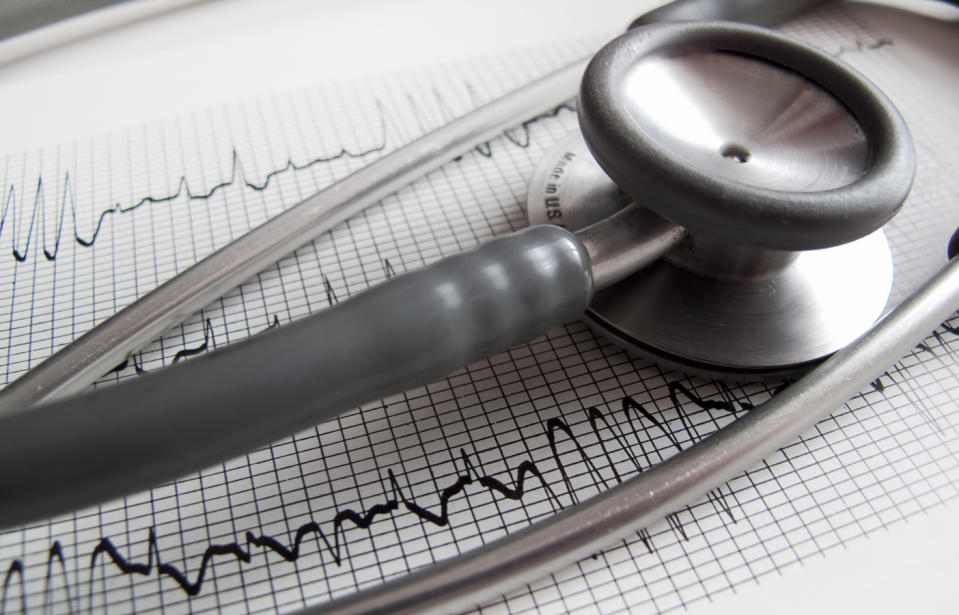Women half as likely to get proper treatment as men after heart attack: Study
Half as many female heart attack sufferers are receiving life-saving medications and treatment than males, leading to more deaths in women after leaving hospital, an alarming new study has revealed.
The University of Sydney-led study found female patients were less likely to receive coronary diagnostic tests and treatment, and on discharge significantly fewer were prescribed preventative medication and referred to cardiac rehabilitation.
Once the women were discharged from hospital they were almost three times more likely to die within six months, compared with the men, according to study published in the Medical Journal of Australia on Monday.
These life-saving steps help prevent reoccurring heart attacks and the decrease the likelihood of patients dying from subsequent health conditions, said the research paper’s senior author, cardiologist Professor Clara Chow, who was shocked by the findings.
“I was surprised, I did not expect to find this to happen in this day and age.”

The 10-year study focused on patients with a specific type of serious heart attack STEMI or ST-elevation myocardial infarction, caused when one of the heart’s major arteries is blocked.
The treatment protocols of STEMI patients were the same regardless of gender, Professor Chow said, however the processes were not followed in the same way in the 2183 men and 715 women studied across 41 Australian hospitals.
She said there shouldn’t be a difference between the way men and women are assessed and treated, however the findings indicated otherwise.
“We need to be aware of it and address a possible unconscious bias,” the Westmead Hospital cardiologist told Yahoo7. “This is an avoidable and preventable problem.”
While the reason for the oversight remains unknown, Professor Chow suggested it could lie with women being perceived as less likely to suffer heart disease. She said the Heart Foundation found cardiovascular disease to be the leading cause of death in Australian men and women, however women don’t perceive it as so, and this needed to change in order to save lives.

She said women are more likely to present with symptoms late, and tended to report as having less pain than men – just a feeling of breathlessness and discomfort.
“Women need to expect heart disease is the leading cause of death of women.
“Maybe women don’t consent to treatment, maybe they don’t think they need it. Women are less likely to report health issues. I’ve had some women deny they are having a heart attack. I’ve had them argue with me, saying their symptoms are not that bad, or the pain is not that bad.”
The cardiologist believed the perceptions were somehow feeding into the behaviours and a possible complacency from the public and medical profession, but the danger was health care providers probably don’t think they are treating female patients any differently to men.
While the rate of electrocardiogram (ECG) testing and treatment since the study began in 2010 has increased for both men and women, and mortality rates of heart disease is dropping in both genders, the gender gap was still obvious. Now 90 per cent of male heart attack patients are receiving tests, compared with 80 per cent of women.
“We meed to be more proactive now we know there is a gap,” Professor Chow advised.
Are you sneezing wrong? Expert reveals the mistakes which spread disease
How to avoid injuries from ‘overfilled’ reusable shopping bags
She said the push needed to come from both sides – the medical profession and the general population – to be aware heart disease affects just as many women as it does men, and all Australians need equal screening, medication and treatment.
Professor Chow is also pushing Australians to become proactive about heart screening, treating testing just as important as other important health detection checks like pap smears, breast screens and prostate examinations.
A simple cardio assessment can be done by a GP, to determine any potential risk factors like cholesterol, blood pressure and weight management, she said. An imaging test was also recommended for anyone with a family history of heart disease, to be undertaken five years before the age the relative was when they first had the heart attack.
She also said there may now be a need to examine information about treatment of other diseases by gender, to identify if there were other patterns of disparity between men and women.


